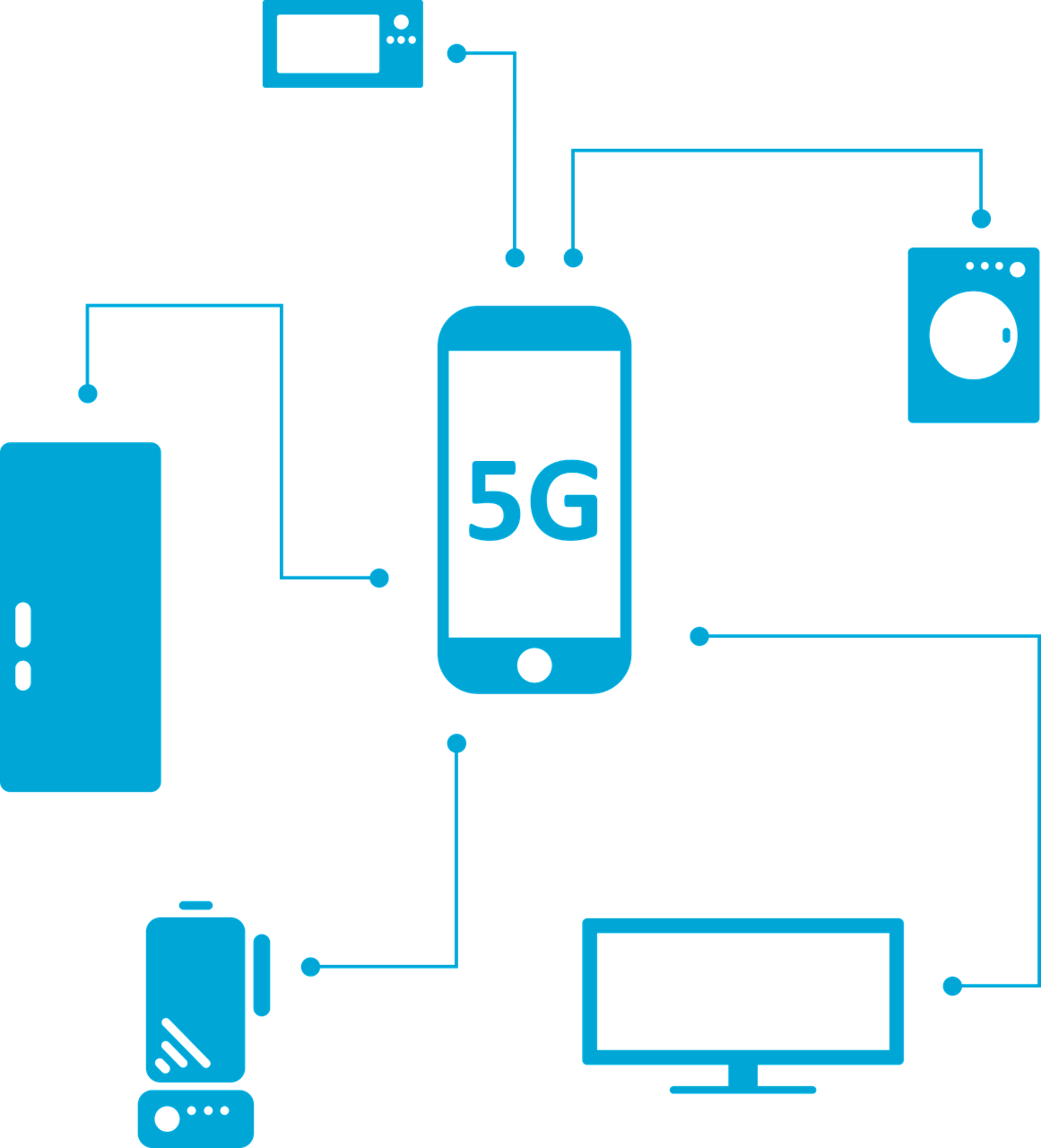
With 5G now in the spotlight, it’s easy to forget the simple beginnings of wireless cellular technology. In the 1980s, 1G was launched, allowing for wireless voice calls using analog signals. Then in the 1990s, 2G changed the game with encrypted phone calls and SMS text messaging. The early 2000s saw the rise of 3G, which made video calls, mobile TV, and Internet access possible. Today, most of us use 4G, which enables data for mobile web browsing, gaming, high-definition video and photo sharing, and even 3D TV.
The fifth generation is just about here. Although these updates may seem typical so far, 5G will be much more groundbreaking than previous versions. Every new wireless generation has helped consumers, whether it’s streaming videos on long trips, staying in touch with loved ones, or gaming on the go. This time, businesses will gain the most from 5G.
In part one of this article, I’ll discuss the immediate benefits businesses will see when 5G rolls out. Stay tuned for part two where I’ll provide an overview of the benefits enterprises can expect in the future as other technology develops concurrently with 5G.
What Makes 5G Unique?
One of the terms most commonly associated with 5G is speed. Until recently, telecommunications companies could only make guesses at how much faster 5G will be than generations before, but recent tests have shown just how powerful it really is. Qualcomm’s tests showed 5G could reach browsing speeds of more than 490 Mbps – more than seven times faster than the average 4G browsing rate of 56 Mbps. In terms of download speeds, Qualcomm demonstrated a dramatic improvement with 5G, with most users seeing at least 100 Mbps versus eight Mbps on 4G. This significant improvement in speed is unprecedented with past deployments, and out of all the unique benefits 5G brings, this will certainly be one of the most prominent.
Another unique aspect of 5G will be the way in which it is deployed. Past generations were typically rolled out over large areas across the country by different carriers and made accessible to the public shortly after. This time, 5G won’t be rolled out all at once, but rather will be deployed in targeted areas based on a number of factors, including population and business need.
The fact that 5G will benefit businesses first and foremost is a unique characteristic in itself. While smart devices used to be thought of as a consumer trend, businesses are increasingly adopting mobility solutions. As such, 5G will help to break down the four-wall confines of business. With faster, more reliable mobility, business will experience enhanced communications and improved service delivery capabilities. This will help businesses to become more integrated and productive.
Supporting the IoT Boom
5G will bring with it tremendous speeds thanks to sub-millisecond air latency that will make devices instantly responsive. At the same time, networks will be able to support significantly more devices than ever before, all while using lower power consumption, which means extended device battery life. This lays the foundation to support the rapid expansion of IoT.
5G’s unique features are well-suited to handle the growing connectivity needs of IoT. Businesses are increasingly investing in IoT, and networks will need to support not only laptops and smartphones, but also sensors, light bulbs, thermostats, wearables and digital displays. IoT devices need ultra-reliable and low latency communications (ULRRC) to bring consistent networking and to simplify the use of these devices. Today, sporadic network congestion causes latency spikes, which can lower performance. 5G delivers ULRRC, making the network consistent and predictable and therefore ideal for IoT devices. ULRRC is especially important in industries such as healthcare, manufacturing and warehousing, which are increasingly relying on IoT to perform critical tasks. 5G’s reliability will ultimately make these operations safer.
A High-Speed Replacement for Wi-Fi?
5G has the bandwidth and low latency to support devices, sensors and more on its own. So, will businesses eventually replace Wi-Fi with 5G?
From a cost perspective, this is certainly compelling, with 5G upfront costs being significantly less than Wi-Fi network infrastructure. It’s also compelling from a security standpoint. Wi-Fi is often the target for cyber-attacks, and businesses suffer breaches on their private Wi-Fi networks every day. 5G is enabled through a closed network in the confines of a carrier, meaning traceability and monitoring is the responsibility of the carrier and it’s much harder to breach a cellular network. The elimination of Wi-Fi also benefits businesses underserved by fiber and broadband links.
While these arguments may be convincing in some cases, 5G will likely never fully replace a business’ need for Wi-Fi. Most enterprises have Wi-Fi as part of a multi-connective scenario for services, and there are certain situations where Wi-Fi will still need to be used based on security policies. There are also geographic locations and unique building configurations that 5G may not be able to cover that Wi-Fi can. The most likely scenario will be that Wi-Fi will coexist with 5G and may even be a key part of many 5G use cases.
We’ve heard it four times already: The next-generation of wireless cellular networks are going to revolutionize the way we communicate and interact over devices. This time around, 5G’s features are uniquely positioned to enhance business operations. While it may take more time to roll out than any other network generation, we should see 5G in some sort of large capacity within three to five years. With greater investments in IoT and enterprise mobility expanding, businesses will see incredible benefits with the emergence of 5G.
Stay tuned for part two of this article, where I’ll discuss futuristic benefits for 5G.